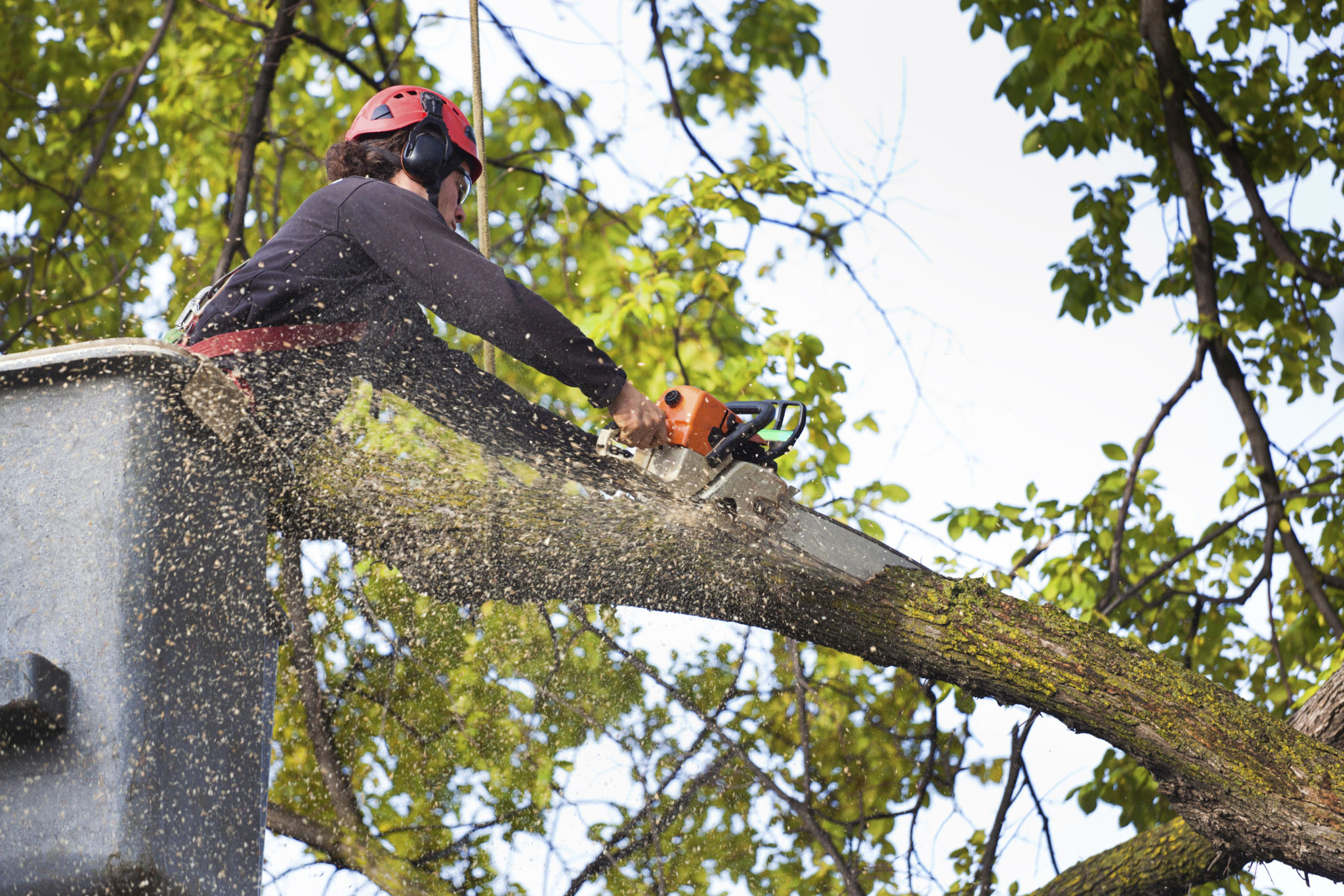5 Signs It’s Time to Remove a Tree and How to Decide
Recognizing When a Tree Needs to Go
Trees are a beautiful and essential part of our environment, offering shade, beauty, and even habitat for wildlife. However, there are times when a tree becomes more of a hazard than an asset. Recognizing the signs that indicate it's time for removal is crucial in maintaining the safety and aesthetics of your property.

1. Dead or Dying Trees
A tree that is no longer alive can pose significant risks. Look for signs such as a lack of leaves, brittle branches, or peeling bark. A dead tree can easily become a liability, especially during storms or high winds. If you notice these signs, it's time to consult an arborist for further evaluation.
2. Leaning or Unstable Trees
Trees naturally lean as they grow toward the sunlight, but a sudden or severe lean can indicate instability. This might be due to root damage or soil erosion, and such trees can fall unexpectedly. If you have a tree that appears to be leaning more than usual, it’s important to assess its stability.

3. Signs of Disease
Diseased trees can spread infections to other plants and pose a safety risk if they weaken the structure of the tree. Look for symptoms like discolored leaves, fungal growth on the bark, or unusual spots. Early detection and treatment may save the tree, but in many cases, removal is necessary to protect other vegetation.
4. Damage from Storms
Severe weather can wreak havoc on trees, breaking branches or even splitting trunks. After a storm, inspect your trees for damage. Large broken limbs or a split trunk can be dangerous and often require professional removal to prevent injury or further property damage.

5. Interference with Structures
Trees that grow too close to buildings, power lines, or other structures can cause significant issues. Overgrown roots can damage foundations while branches may pose fire hazards or interfere with utility lines. In such cases, it may be in your best interest to remove the tree.
Making the Decision to Remove
Deciding to remove a tree is not always straightforward. Here are some steps to help you make an informed decision:
- Consult an Arborist: These professionals can assess the health and stability of your tree.
- Consider Safety: Prioritize trees that pose immediate safety risks.
- Evaluate Costs: Sometimes treatment costs may outweigh removal expenses.
- Think Long-term: Consider how removal will affect your landscape in the future.
If you are uncertain about the condition of your trees, always err on the side of caution and seek professional advice. A careful assessment will ensure your property remains safe and beautiful for years to come.